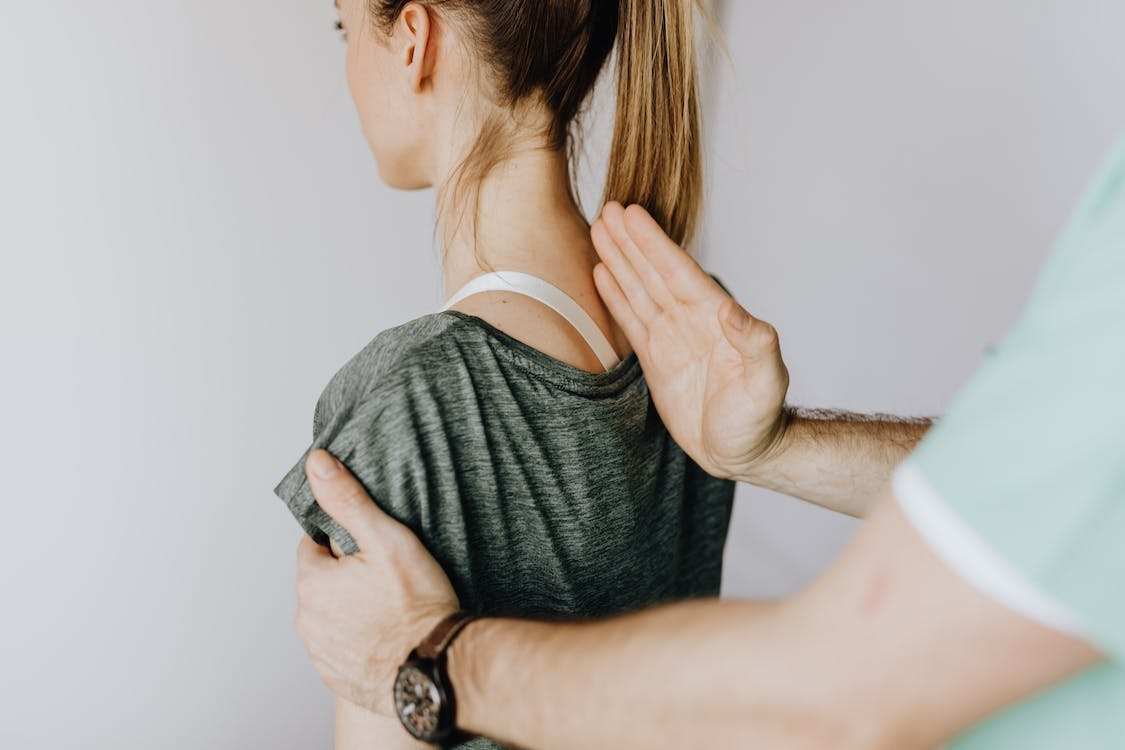All You Need to Know About Cold Laser Therapy
Cold laser therapy, also known as Low-Level Laser Therapy (LLLT), is a low-intensity treatment that stimulates healing. The procedure gets its name because only very low levels of light are used. This means it isn’t enough to heat your body’s tissues. It acts on damaged cells by causing a recovery reaction, leading to the regeneration of these cells.
The treatment is non-invasive and doesn’t penetrate below the skin, resulting in no recovery time needed, and can be specifically targeted to certain problem areas. It’s painless too! Another defining feature of cold laser therapy is the short time it takes—most sessions typically last about three to five minutes.
How Does Cold Laser Treatment Work?
To alleviate pain, cold laser treatment penetrates deep into the affected tissue using low energy or photons. There are chemical reactions triggered by the light that aid in the repair and regeneration of damaged cells.
A physician uses an instrument roughly the size of a flashlight and holds it against the damaged region for about a minute. In some cases, a 30-minute treatment session could be necessary.
The results can be even more favorable when physicians combine cold laser therapy with additional therapies for people with lymphedema, such as lymphatic drainage massage.
What Conditions Does Cold Laser Therapy Help?
Here are some things that cold laser treatment can help with:
1. Pain relief
The reparation of tissues helps with relief from aches and pains you may be feeling. A range of areas can be targeted to achieve relief, including neck, back, knees, ligaments and muscles, tendons, and other joint pain. The process triggers the body to release endorphins—a body’s natural painkiller—to alleviate the chronic or acute pain a person has been feeling.
2. Inflammation
Research has demonstrated the effectiveness of cold laser therapy in promoting tissue repair and reducing muscle fatigue; it serves as an efficient method to rejuvenate damaged tissue.In addition, this therapy is utilized by medical professionals in treating inflammation brought on by rheumatoid arthritis (RA) and other chronic autoimmune conditions.
3. Healing
Wounds and minor injuries can benefit from the healing tendencies of cold lasers, especially long-lasting wounds that won’t budge with anything else. The dosage, duration, and wavelength of cold laser necessary to get rid of each wound may vary, but it does effectively speed up the process of wound healing.
4. Hair Growth
Androgenetic alopecia, often known as pattern baldness, can be treated with laser treatment, encouraging hair growth in patients who would rather avoid medication or surgery. The treatment is generally agreed upon as safe, acceptable, and minimally invasive than hair transplant surgery.
Are There Any Side Effects?
Cold laser therapy sounds like a great alternative for medication or surgical treatments—the best part is, unlike those other options, it doesn’t have any side effects.
Getting a consultation from your doctor before you opt for Low-Level Laser Therapy is recommended. Remember that it shouldn’t be done on open wounds or cancerous lesions; avoid the area around your eyes too! Pregnant women are also usually advised against using it.

Cold laser therapy is a great alternative to medication or physical therapy that can amplify your natural regenerative processes and speed up the healing of injured muscles and wounds.
Looking For A Chiropractor For Laser Therapy In Shelbyville?
If you’re thinking, “where can I get cold laser therapy near me?” we can help!
Book a consultation with one of the leading chiropractic services in Kentucky with Dr. James Stapleton DC, or Dr. William Yadon DC. For fast, low-cost, and non-invasive pain relief, they recommend trying out their cold laser therapy chiropractic services.
:


